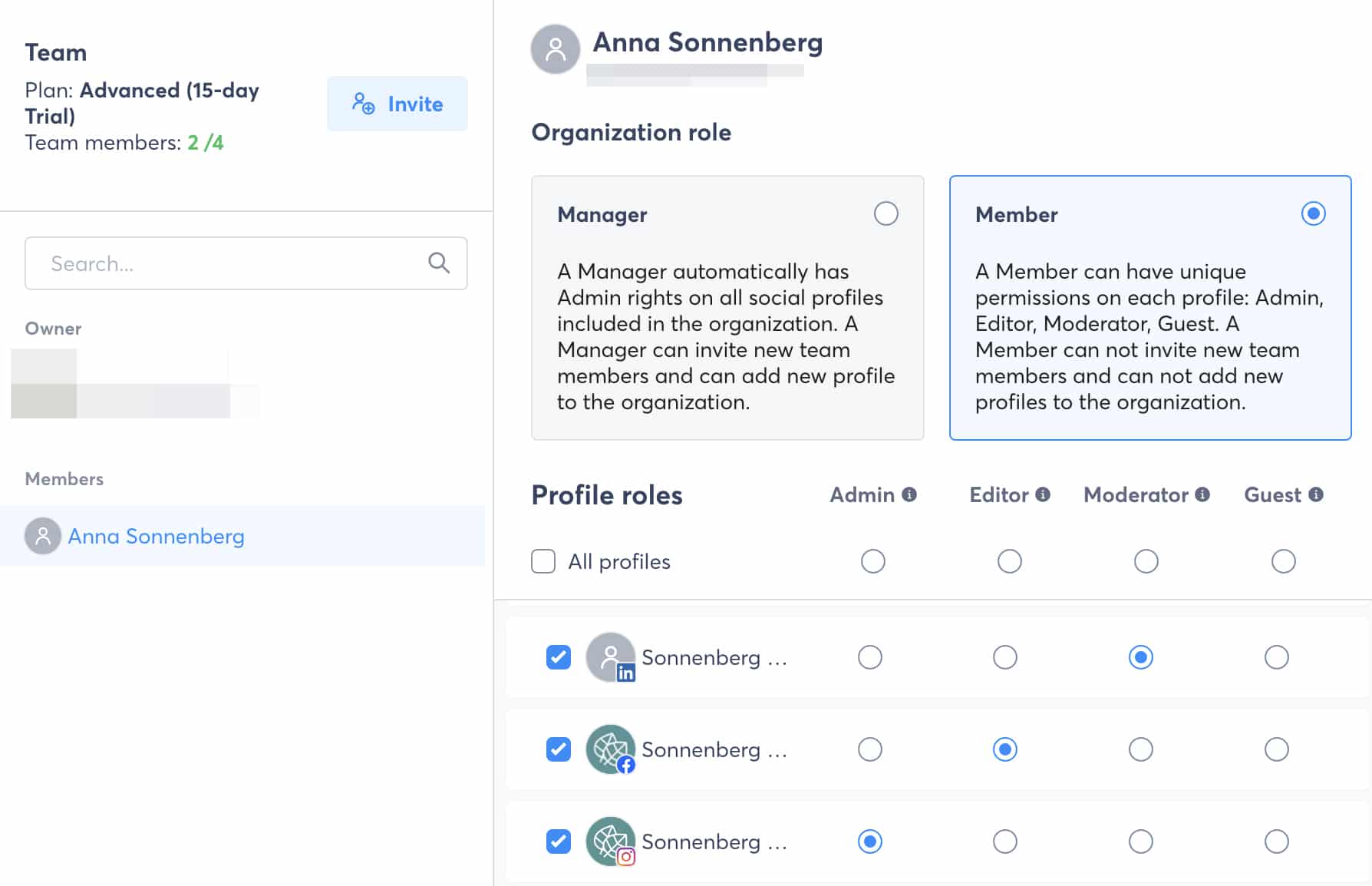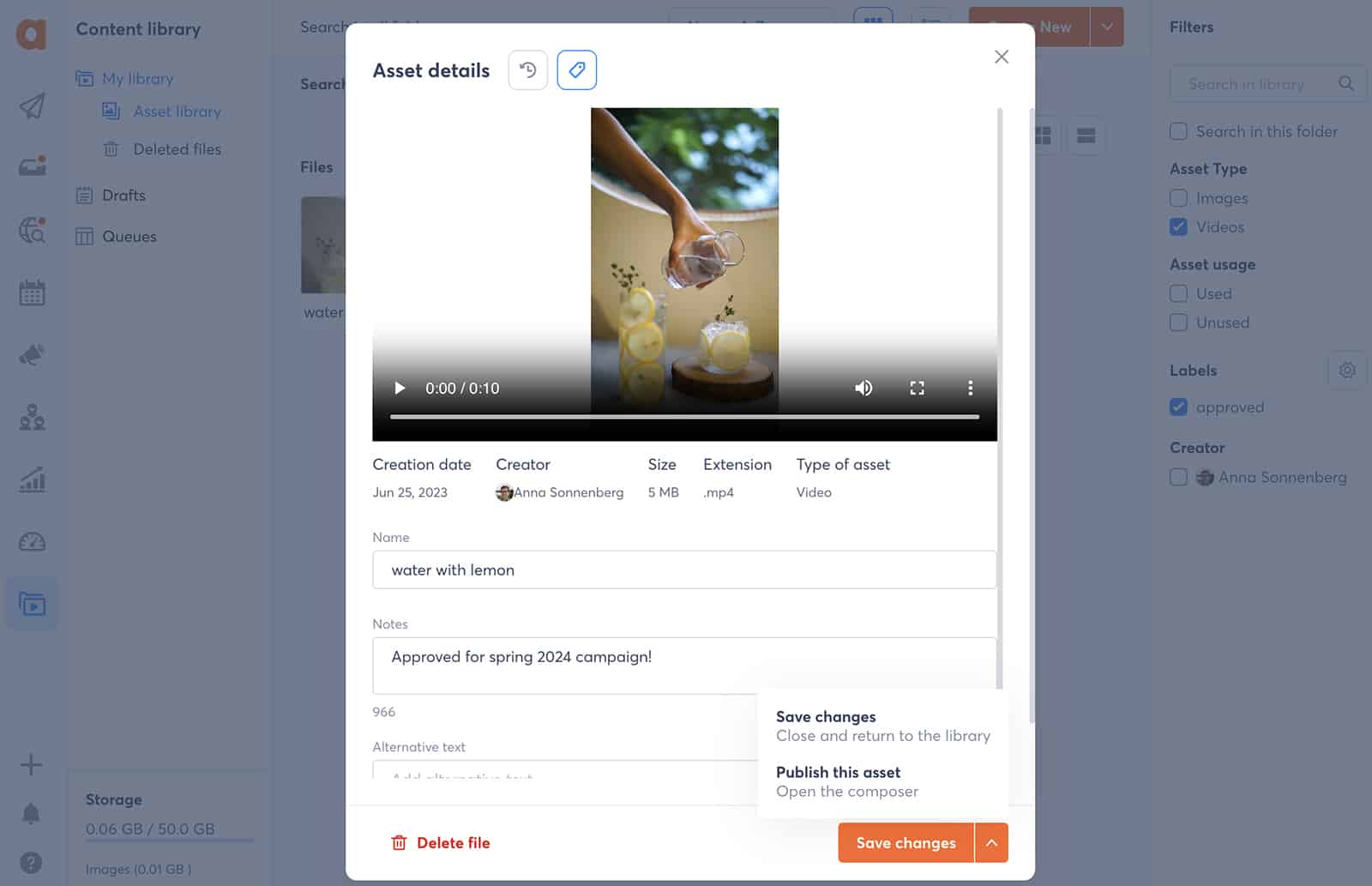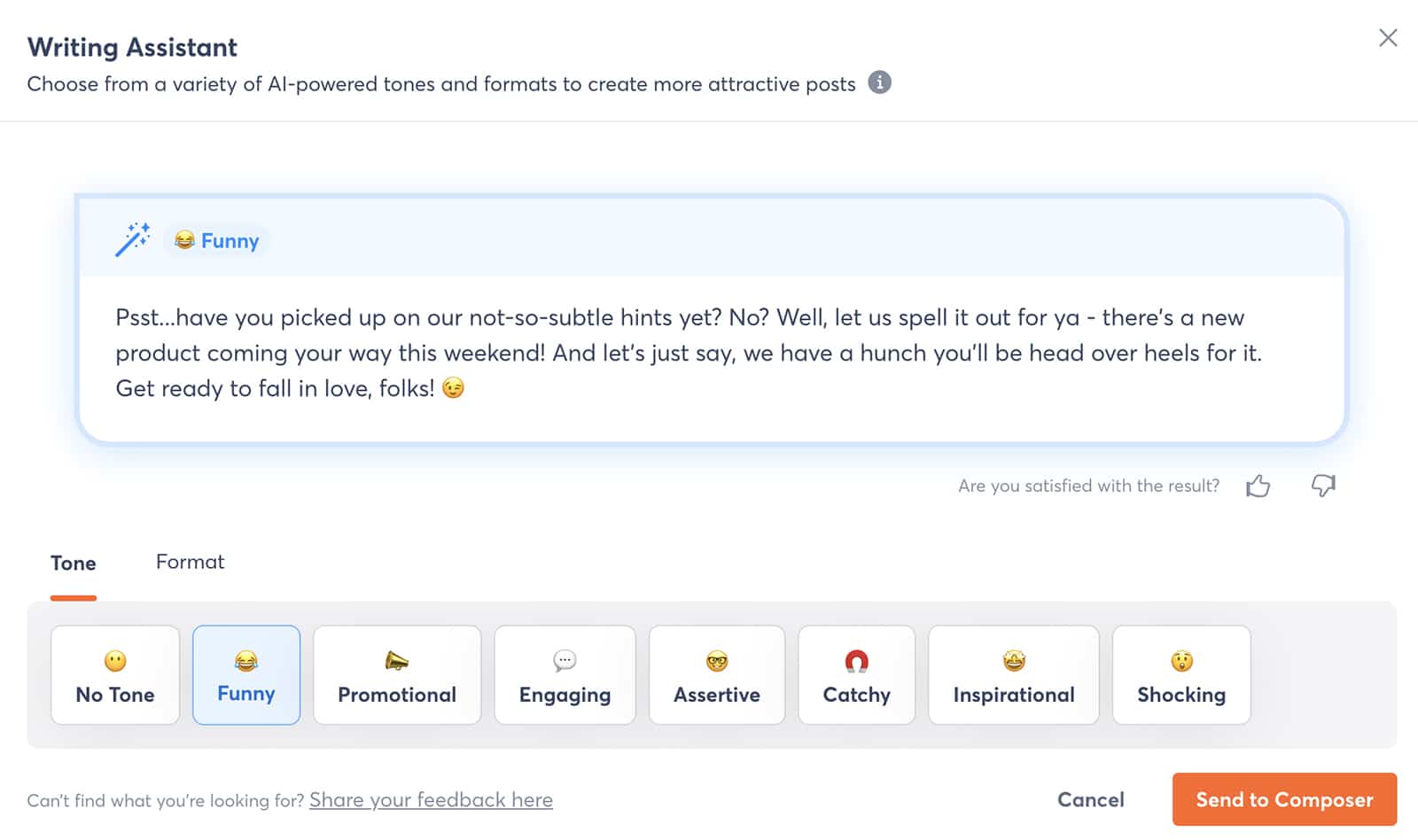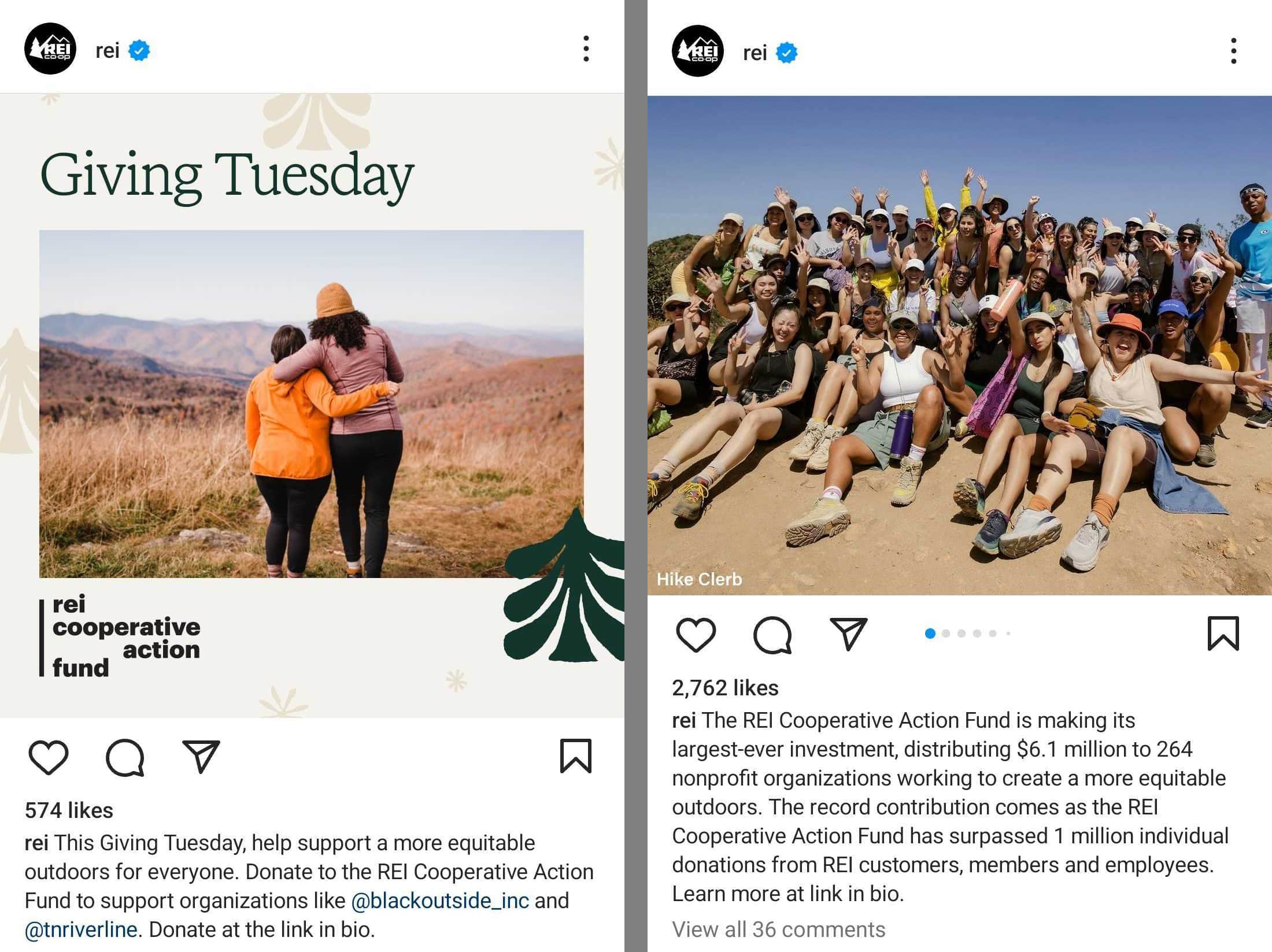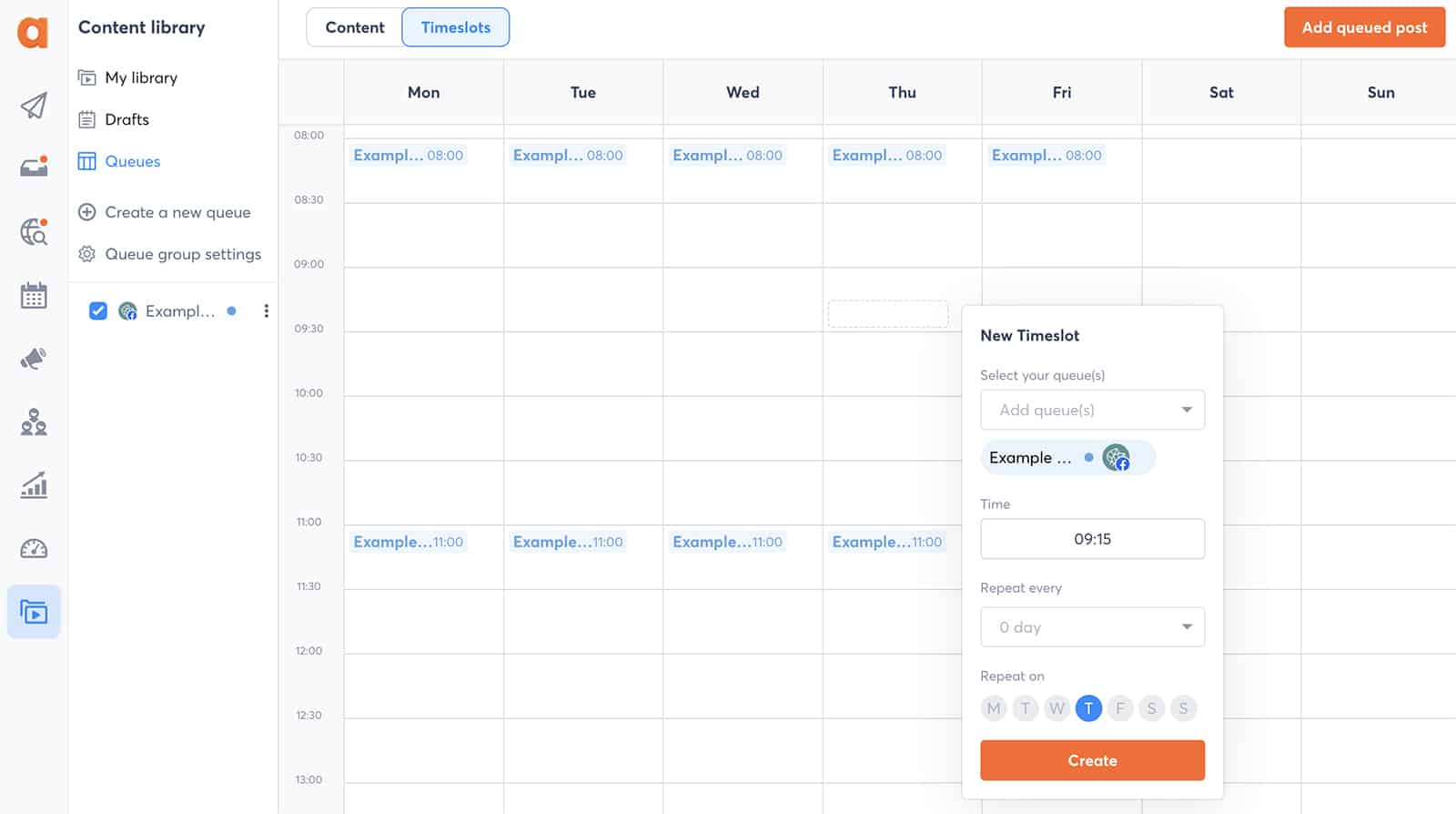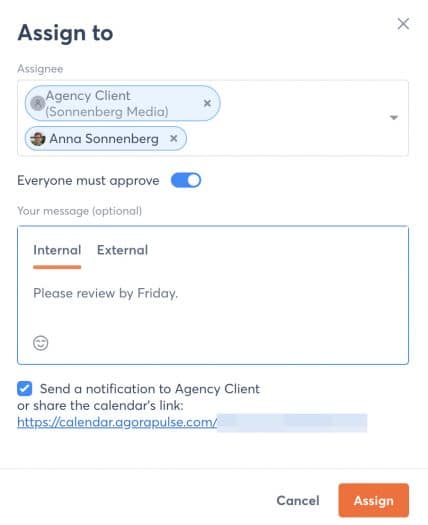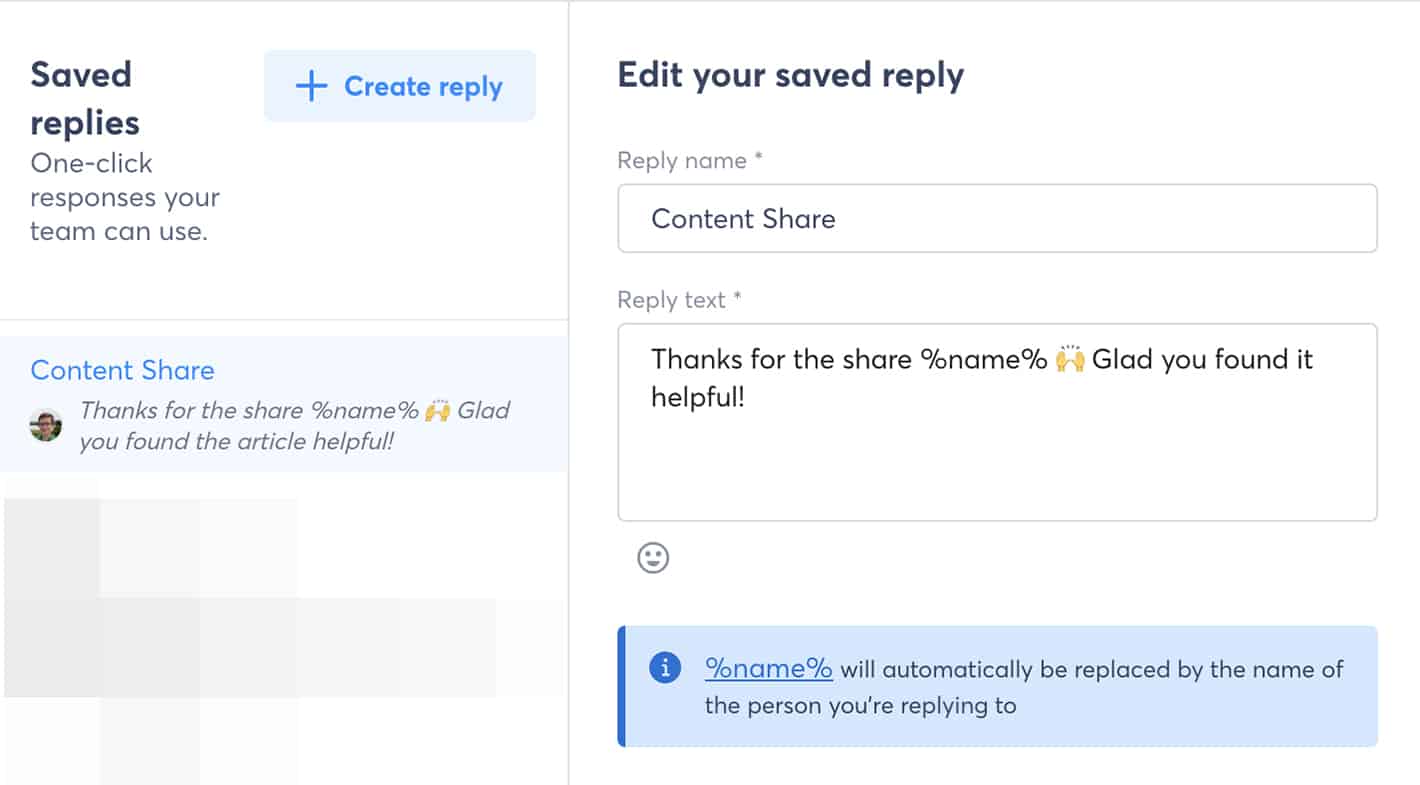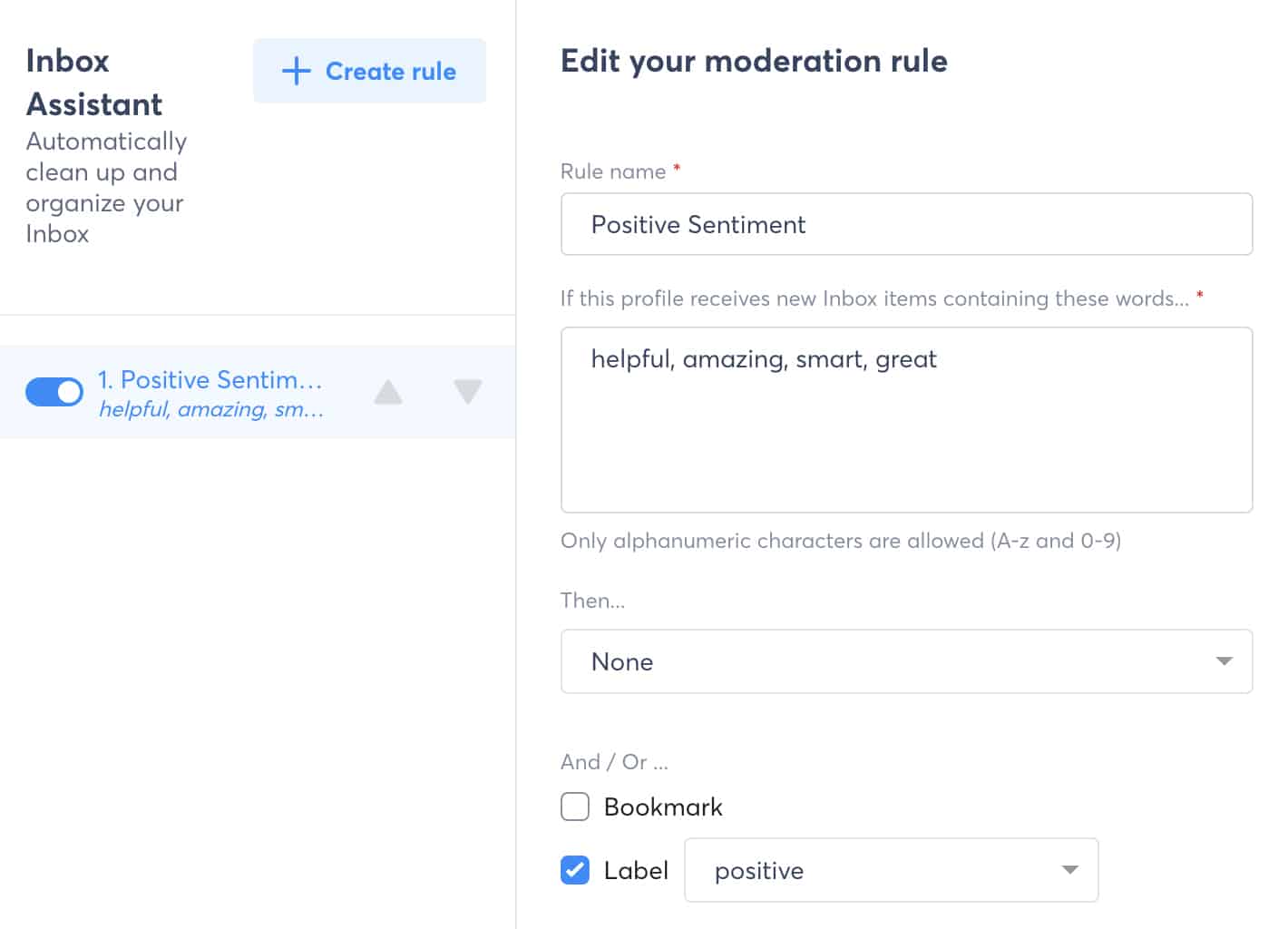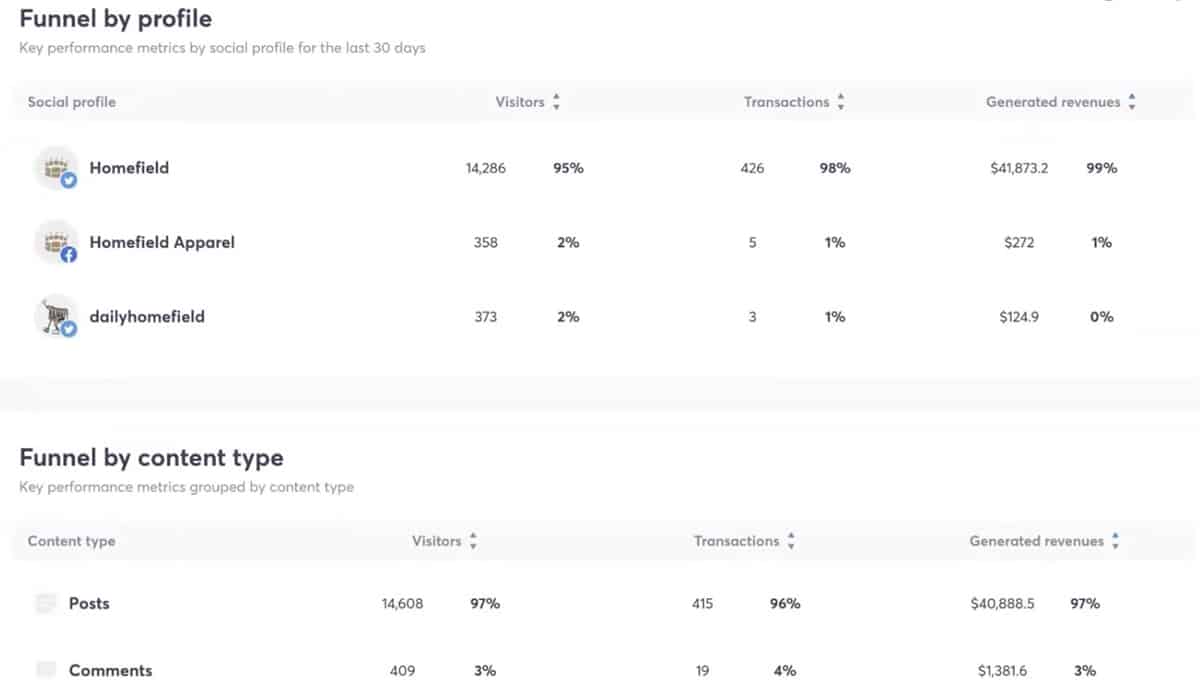From internal cost-cutting and external macroeconomic trends, to changes in shopping habits and consumer expectations, the retail industry is facing substantial challenges in 2024. So how can retail marketers promote multi-location businesses successfully while still investing in brand building and creating delightful customer experiences?
In this article, we’ll explore ideas for using social media to get (and stay) ahead of these problems. Let’s look at the retail industry and its biggest challenges.
1. Doing More (Marketing) With Less
If your executive team has asked you to “do more with less,” you aren’t alone.
According to a 2023 Gartner survey, over 70% of marketing leaders have heard this mandate in recent months.
If your marketing budget is like most, search advertising costs will be the first to go. While you may not lose your ad budget completely, you’ll have to consolidate spend on top-performing channels.
So how can you make up for decreased traffic and conversions?
If you haven’t experimented with organic social media marketing, there’s never been a better time.
Sure, you may have heard that organic reach continues to decline across social channels. And it’s true that recent studies show only 0.07% of the average Facebook page’s followers actively engage with the page’s content.
But there are plenty of opportunities to drive business in a cost-effective way using organic social media. With an audience-first strategy, you can build a brand that genuinely resonates with your target audience.
Sign up now for a FREE trial of Agorapulse!
We’ll explore in-depth tactics for building a strategy and measuring results below.
2. Handling Pressure to Show Up Everywhere
From Facebook and Instagram to TikTok and YouTube, each social media network demands resources. It’s easy for marketing leaders to feel pressure to build a presence everywhere at once.
For retail marketers who are already spread too thin, the thought of managing yet another channel can be overwhelming. How will you find the time to develop a channel-specific strategy, let alone publish content consistently and engage with followers?
Fortunately, for many retailers, it isn’t always necessary to be present everywhere. Instead, what’s most important is creating and executing a winning strategy on the networks that matter most.
How do you know which social media networks are most important to your brand?
Start by researching your target audience and your competitors. Which networks do they use most?
For example, the Pew Research Center reports that Facebook has the highest adoption rate among users aged 30 to 49 years old. Meanwhile, TikTok has the highest adoption rate among users aged 18 to 29 years old.
Before investing in any social media network, think about how it aligns with your business goals and your content strategy.
For example, do you have a video production team in place? TikTok, Instagram, and YouTube could be smart places to focus. Do you need to share a lot of links? Facebook or X may be better choices.
3. Overseeing Multiple Location Pages on One Social Network
No matter which social media network(s) your team chooses to focus on, you’ll likely need to manage multiple pages or accounts. Depending on the size of your multi-location business, you could have dozens of pages to juggle.
Overseeing multiple accounts on the same network can be an exercise in frustration. Whether you opt to keep each account open in a separate tab or you constantly switch between accounts in a single tab, the process is far from seamless.
When you have a lot on your plate, it’s much easier to oversee successfully with a social media management solution like Agorapulse. With Agorapulse, you can link all your location pages or account to a single dashboard.
Then you can manage all your accounts from the same tab—no refreshing necessary.
You don’t have to do it alone, either. When you onboard team members to Agorapulse, you can assign permissions to each user for each account. As a result, you can ensure everyone has the permissions they need—and no one has access they shouldn’t have.
Need to loop in members of your executive team but don’t want them to have to learn a new tool? Agorapulse’s shared calendars can keep everyone on the same page.
4. Producing On-Brand Social Media Content at Scale
Creating on-brand social media content can be tough for small businesses to execute consistently. For multi-location businesses, this task can be a persistent pain point.
With the right tools, however, establishing and maintaining an aesthetic can be much easier. So which tools should you use?
For graphics, Canva is the standard for a reason. The design app supports brand kits and unlimited templates. As a result, you can create a look that fits your brand—and repurpose it every time you create social media content.
In some cases, you can use Canva without leaving your social media management tool. Canva integrates directly with Agorapulse, so you can upload and publish images without downloading.
For video, PlayPlay is a popular choice among enterprise users. Its easy-to-edit templates and automated subtitles can save teams tons of time. And its dynamic elements can help with creating scroll-stopping videos.
Both software platforms support content auto-resizing. As a result, you can repurpose content across networks or placements with one click instead of having to create versions from scratch.
5. Managing Brand Assets With Large Teams
Producing great content is one thing. But the larger your team gets and the more channels you use to communicate, the tougher it becomes to organize content and manage brand assets efficiently.
For example, a team member may upload a new social media graphic to an Asana task or Trello card. But minutes later, another team member may send you a different version via Slack.
Which is the right version, and which is approved for publication?
Agorapulse’s asset library is both a convenient storage solution and a single source of truth for social media creatives. Here’s how it works.
Your team can upload images and videos to your organization’s shared asset library. Depending on your content strategy, you may opt to organize it by account, campaign, or theme.
Using the asset library’s labeling system, your team can tag creatives as “approved” when they’re ready for publication. You can always delete or add notes to previous versions of creatives.
Then your team can publish approved creatives to relevant social media accounts directly from the asset library. You also have the option to pick assets from Agorapulse’s publishing composer.
Try Agorapulse now for FREE!
6. Incorporating AI Tools Into Tech Stacks
When you need to do more with less, adding AI to the mix can be tempting. After all, AI tools can help with content optimization and repurposing, both of which can save you a ton of time.
So can AI tools fit into your retail marketing budget?
The good news is that you don’t necessarily have to purchase standalone tools to add the power of AI to your workflows. All the tools we’ve covered already have built-in AI components.
For example, Canva has generative AI tools that can produce images or videos from text prompts. The design app also has AI-powered editing tools that can help you create much more professional looking images much faster.
PlayPlay has an AI video creation suite that can turn your ideas into videos in minutes. The video platform’s AI tools can also generate scripts, voiceovers, and subtitles so you can focus on creativity and storytelling instead.
Agorapulse has an AI-powered writing assistant that can transform your team’s social media captions. Just input a caption draft and select the tone that best fits your brand voice. Then review for tone and accuracy and press publish.
7. Crafting Compelling Brand Stories
Your brand’s social media accounts can certainly be outlets for sharing location news, promoting limited-time sales, and launching new products.
But your social media content doesn’t have to focus completely on announcement-type posts.
By weaving storytelling into your social media content calendar, you can connect more deeply with customers and give them a reason to love your brand.
For example, the @rei Instagram feed is filled with outdoorsy user-generated content (UGC) and the occasional product promotion.
But in between these posts, the retail brand also shares stories about the REI Cooperative Action Fund. It’s a cornerstone of the brand’s content, and it conveys a compelling message about the retailer’s mission to create a more equitable outdoors.
To tell your organization’s brand story, get clear on the values you want to convey. Then work with your team to share the message through video interviews or photo carousels.
8. Committing to a Long-Term Strategy
Social media can change quickly. So can your team’s priorities. As a result, investing resources in a long-term strategy can be a daunting decision.
According to Gartner, however, CMOs must balance long-term planning with short-term execution if they want to succeed in this challenging environment.
With the right tools, planning for both the long term and the short term can be a little easier.
How? Agorapulse’s social media reports can show you exactly what’s working for your business accounts based on the metrics that matter most to your team. You can take top-performing posts and use them to inspire more content.
As your team creates social media content, you can schedule it to publish days, weeks, or even months in advance. Already thinking about next holiday season? You can begin drafting posts right away so you can execute flawlessly.
In addition to publishing and scheduling, Agorapulse also supports content queues. With queues, you can plug evergreen (i.e., not time-sensitive) content into preset time slots to ensure your team always has something relevant to publish.
9. Simplifying Approval Processes
As a marketing leader, you may have substantial autonomy. But when you manage marketing for a multi-location retail business, you’ll almost certainly have to navigate a few layers of approval before you can publish social media content.
Handling approvals in Slack or project management tools can work, but the process won’t be particularly smooth. Instead, aim to manage content approvals in your social media management tool.
For example, Agorapulse has a flexible approval system that lets team members assign posts to one or more stakeholders. Since you can assign items to any combination of Agorapulse users or external stakeholders, you can easily loop in everyone who gets a say.
Your content won’t publish until it’s approved. If you need multiple stakeholders to weigh in, you can change the settings to “everyone must approve.” Then you can review feedback, make any necessary edits, and publish the content.
10. Building Real Relationships With Customers
For any brand—including multi-location retail businesses—content creation is just the first step toward a successful social media strategy. Building relationships with followers is just as important for cultivating customer loyalty.
So how can you create genuine relationships via social media?
You may never be able to respond to every comment or DM. But it’s in your best interest to reply to as many as possible.
To manage your inboxes more effectively and respond more efficiently, use a third-party tool. For example, it’s easy to review and clear engagement across networks with Agorapulse’s social inbox.
There’s no need to switch from tab to tab or log in and out of accounts. You can manage all social account inboxes from the same dashboard. You can also set up saved replies to respond faster.
How do followers feel about your brand or your social media content?
Use Agorapulse’s inbox labels to track sentiment. You can automate the process via Agorapulse’s inbox assistant by identifying keywords that typically appear in positive or negative comments or messages.
Then check your sentiment reports regularly. Seeing a lot of positive sentiment? There’s a good chance your locations and your team are on the right track.
11. Balancing Retail Marketing With Ecommerce Marketing
For many marketers, the line between retail and ecommerce has become increasingly blurry. If your organization has both brick-and-mortar locations and an ecommerce business, you have an opportunity to promote both on social media.
But creating a coherent strategy isn’t as easy as it may sound.
A 2023 survey by Shopify found that brands were shifting toward adopting an omnichannel strategy. Yet 50% of brands reported that unifying operations and data posed a major challenge.
One way to enhance your social media marketing data is to add a publishing tag to every post. With Agorapulse, you can add “retail” and “ecommerce” tags that only your internal team can see.
Then you can use these tags to inform your reports and draw useful insights. For example, you may find that retail posts drive more website traffic, which ultimately creates more value for your business.
12. Measuring ROI Instead of Vanity Metrics
When you’re charged with doing more with less, you can’t afford to waste time on vanity metrics. They might make your reports look good, but they won’t help you reach the key performance indicators (KPIs) that truly matter.
Instead, report on what creates real value for your organization. In other words, focus on return on investment (ROI).
There’s no need to make reporting overly complicated. With Agorapulse’s social media ROI dashboard, you can track which channels and locations drove the most website traffic, leads, and transactions—including revenue.
Agorapulse’s ROI report can get even more granular. For example, it can attribute ROI to campaigns, posts, and comments so you can see exactly what’s driving results.
The more ROI data you track, the better case you can make for a bigger marketing budget.
13. Leveraging Paid Social
In some cases, you may be able to reach KPIs via organic social media alone. But if you do allocate some of your marketing budget for ads, you aren’t alone.
While the Gartner report highlights a decrease in paid search ads across the board, it doesn’t paint the same picture for paid social. Instead, CMOs report that they’re likely to increase investments in paid social.
So how can you ensure your social media ads stay ahead of the curve?
Each advertising platform has its own AI-driven ad creation, optimization, and targeting tools. If you haven’t already, begin experimenting with them now.
But don’t rely on AI tools exclusively. Split-test AI-powered ads against manual campaigns to see what really drives results. Iterate early and often to hit your KPIs while avoiding ad fatigue.
Wrapping Up What We’ve Learned About Retail Marketing Challenges
There’s no question that retail marketers are facing substantial challenges. But with the right strategy and tools, smart marketers can continue to reach goals and even achieve growth.
Curious how Agorapulse could work for your multi-location business? Book a demo to see how our social media management solution is tailored to retail marketers.



